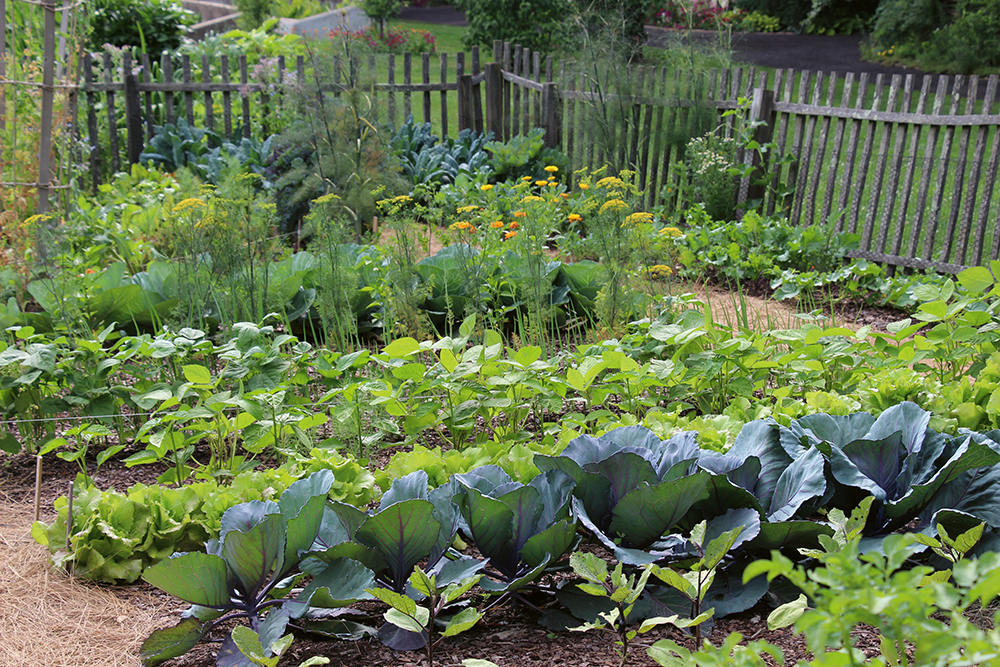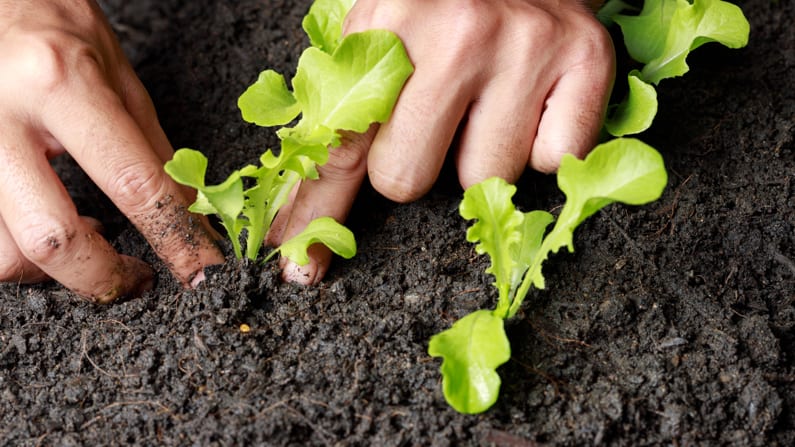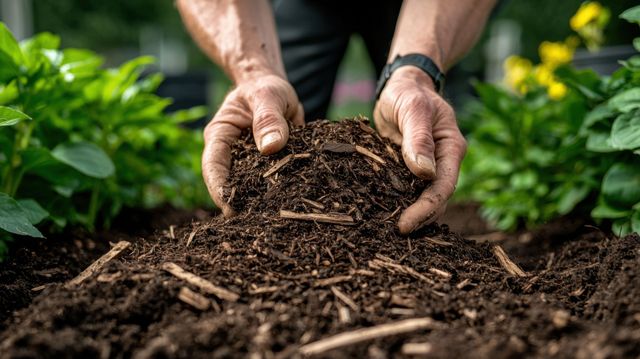Maximizing Small Spaces: Urban Gardening Solutions
Urban gardening presents unique challenges but also exciting opportunities for creativity. With space at a premium, city dwellers must employ innovative techniques to grow food and flowers in confined areas. This guide explores practical solutions for transforming balconies, rooftops, patios, and even windowsills into productive green spaces.
Vertical Gardening Systems
Going vertical multiplies your growing area exponentially. Consider these space-saving structures:
- Trellises and arbors: Ideal for vining plants like peas, beans, cucumbers, and indeterminate tomatoes
- Wall planters: Fabric pocket systems or repurposed pallets can hold dozens of plants in minimal floor space
- Tower gardens: Stackable planters or commercial aeroponic systems grow up to 50 plants in just 3 square feet
- Hanging baskets: Perfect for strawberries, cherry tomatoes, and trailing flowers

Container Gardening Innovations
Containers allow gardening anywhere with sunlight. Modern options include:
- Self-watering containers: Reduce maintenance with built-in water reservoirs
- Fabric grow bags: Promote air pruning for healthier roots and better yields
- Stackable planters: Modular systems that create vertical growing columns
- Window boxes: Utilize often-overlooked space for herbs and greens
Space-Efficient Plant Varieties
Choosing the right plants is crucial for small-space success. Look for these characteristics:
- Dwarf and bush varieties: Many vegetables have compact versions bred specifically for containers
- Determinate tomatoes: Grow to a set size rather than vining indefinitely
- Cut-and-come-again greens: Lettuces, kale, and chard that regrow after harvesting
- Fast-growing crops: Radishes, baby greens, and bush beans provide quick returns
Microclimate Management
Urban environments create unique growing conditions:
- Heat islands: Cities can be 5-10°F warmer than surrounding areas—extend your growing season but increase watering needs
- Wind tunnels: Tall buildings create wind patterns that can damage plants—use windbreaks or choose sturdy varieties
- Reflected light: Light-colored buildings can increase available light through reflection
- Air pollution: Wash leaves regularly and consider air-filtering plants like spider plants

Community Gardening Options
When personal space is extremely limited, consider:
- Community gardens: Rent a plot in a shared space—many cities have waiting lists, so apply early
- Garden sharing: Partner with neighbors who have yard space but lack time or knowledge to garden
- Windowfarm projects: Hydroponic systems in unused windows
- Guerrilla gardening: Transforming neglected public spaces (check local regulations first)
Urban gardening proves that space limitations can't stop determined growers. With creativity and the right techniques, even the smallest balcony or windowsill can become a source of fresh produce, beauty, and connection to nature.





:strip_icc()/BHG-gardening-pests-neem-oil-for-plants-Hero-351e9a537e704fdfad83a6e55b7e9d3b.jpg)